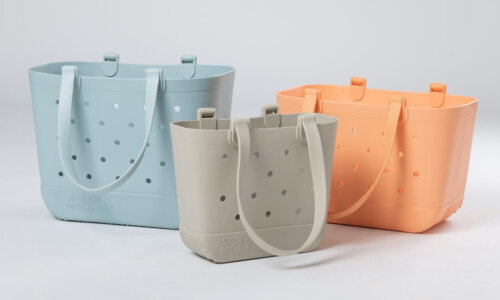If you’re staring at a mountain of debt, figuring out the best way to pay it off can be overwhelming.
There are a number of methods for chipping away at debt put forward by financial experts, but new research suggests the snowball method, in which people pay off their smallest debts first, may be the way to go.
Under this method, you’d make the minimum payment on all accounts, but put any available extra money toward your smallest debt, making payments until it’s gone, according to Bankrate. Then, you’d move on to your next smallest debt until it’s paid off, repeating the process for all of your accounts.
Though intuitively it may sound like a smarter plan to pay off the debt with the highest interest rate first or to make more of a dent in the largest debts, the snowball method is actually more effective because of the psychology behind it, according to new research from Boston University.
Researcher Remi Trudel used anonymous financial data over a period of 36 months to analyze how 6,000 debtors paid off their balances.
“We found that consumers who concentrated their repayments on one of their several accounts paid down more of their card debt than those who dispersed their repayments equally across multiple accounts,” Trudel wrote in the Harvard Business Review.
After reviewing the financial data, Trudel and his team decided to conduct their own experiments to analyze various debt repayment methods and strategies.
The researchers found that people who were instructed to pay off their accounts one at a time repaid their debt 15 percent more quickly than those who dispersed their earnings equally across multiple debts.
They also found that study participants who concentrated their efforts on one account at a time perceived “greater progress toward their goal of getting out of debt, which in turn enhanced their motivation to succeed,” according to Trudel’s essay in the Harvard Business Review.
Participants also felt they had made the most progress when they were able to pay off the largest portion of the account balance. That is, knocking one account down to zero made them feel like they were accomplishing something, which motivated them to keep paying off other debts.
Scientists at Northwestern University found similar results in their 2012 study of the snowball method.
“These results have important implications for the millions of consumers who carry balances on multiple revolving debt accounts,” Trudel wrote. “To the extent that a consumer’s debt accounts have similar interest rates, he or she should concentrate repayments first on the cards or accounts with the smallest debts, paying off those first.”
As Trudel points out, this method makes the most sense if your debts have similar interest rates. If one account’s interest rate is astronomically higher than the others, focus your efforts on that debt—you could save hundreds or even thousands of dollars in interest payments.
Trudel goes on to write that it may actually be counterproductive to consolidate your debt into one monthly payment, as many debt repayment services suggest. Psychologically speaking, you’ll be less motivated to repay your debts, he posits.
[h/t: Lifehacker]







